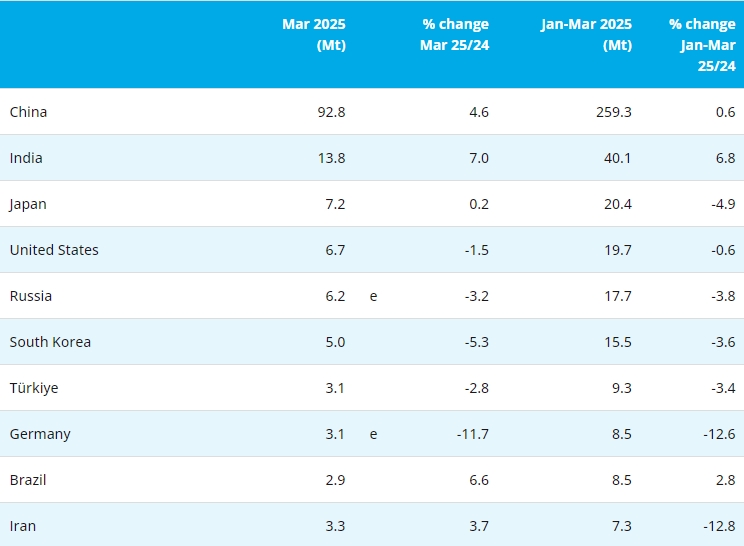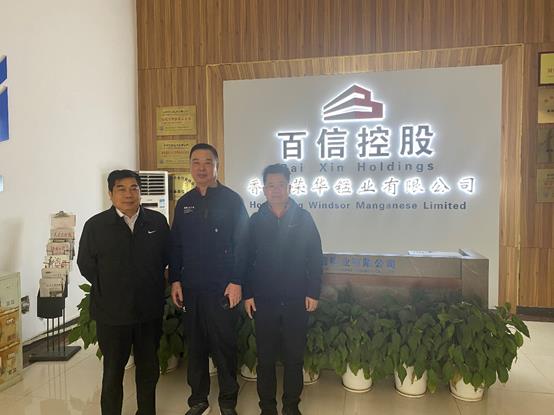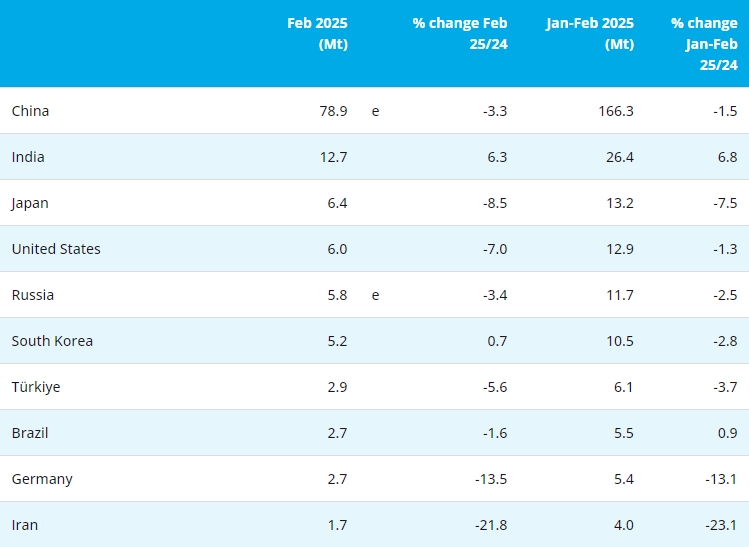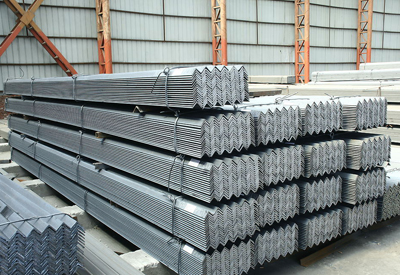【Ferro-alloys.com】:CALLS for Zimbabwe to ban scrap metal exports have grown amid revelations about 30 foundry and steel recycling firms have closed shop in the last two years due to acute shortage of feedstock and high scrap metal prices.
The enterprises, mostly domiciled in Harare, Bulawayo and Midlands provinces, are helping to narrow the production gap left following the collapse of the local steel industry more than a decade ago. However, a sustained export of the scrap metals even by big firms, has weighed down the operations of the foundry sector heavily.
From being a regional steel giant for years until the turn of the millennium, Zimbabwe turned into a net importer, squeezed by declining production and subsequent closure of Zimbabwe Iron and Steel Company (ZISCO), once Africa’s largest steel firm.
This has led to proliferation of steel recycling enterprises, with potential of generating US$1,5 billion annually, but are having a hard time securing adequate scrap to feed the mills, according to the Zimbabwe Institute of Foundries (ZIF).
Zimbabwe has about 50 small to large foundry plants.
The shortage of scrap metal has resulted in prices shooting up to between US$250 and US$300 from US$80 per tonne in the past two years, ZIF spokesperson Dosman Mangisi told Business Weekly in an interview recently.
In addition, importation of raw materials is constrained due to a shortage of foreign currency.
“We are appealing to the Government to ban exports of scrap to save the industry,” said Mangisi, adding that a summit has been scheduled for March 17 and 18, 2022 at the Harare Institute of Technology “where some of these challenges will be discussed.”
“Other countries such as South Africa and China have put curbs on scrap exports. We have scrap from the National Railway of Zimbabwe going to South Africa, Why.”
The sector, which used to employ about 30 000 people, according to Mangisi supplies 60 percent of its products to mining companies while the remainder is largely consumed by agriculture and construction.
The major sources of scrap metals are mines, rural areas “where there is a lot of disposed scrap”, merchants who collect the scrap from ordinary people as well as car scrap yards, Mangisi added.
Massive rebound
Industry and Commerce Minister Dr Sekai Nzenza, recently confirmed the massive rebound of the foundry and steel recycling industry, but highlighted that the major challenge was the shortage of scrap.
“We have a number of companies in Bulawayo that are doing well but the major challenge now is a shortage,” said Dr Nzenza.
A manager at a steel recycling enterprise in Harare’s Gleneagles industrial area, said the company had reduced working hours due to a shortage of scrap. “It’s a major challenge because we have a lot of scrap exported to South Africa,” the manager said.
“We are giving others to beneficiate our scrap at a lower price then import at a higher price.”
Theft and vandalism
According to media reports, the strong demand for scrap steel is contributing to a rise in vandalism, including state-owned enterprises such as the struggling National Railways of Zimbabwe (NRZ). Theft cost the railways more than US$3,5 million last year, Martin Banda, a company spokesperson told China Dialogue recently.
“The railways continue to lose infrastructure to vandalism and, from what we gather, the vandalised steel is sold to scrap yards where it is recycled and turned into other steel products.
“Brass bearings in our trains are also being targeted because we are told brass handles are always in demand with funeral parlours for coffin handles,” Banda said.
In light of climate change, major steel producers are investing in scrap mills decarbonisation. With a growing world population projected to reach 8,2 billion by 2030, the generation of waste is also expected to increase and this would create big potential for recycling, which in turn reduces carbon emissions, according to experts.
Ballooning import bill
ZISCO, the State-run company closed down in 2008 partly due to mismanagement, shortage of funding for retooling of its ageing plant and infrastructure among other factors.
Since then, Zimbabwe, previously a major producer of steel and iron products in the southern African region, has been spending billions of dollars on imports. Given the importance of steel and iron products in supporting the welfare of other industries, the import bill continues growing.
In 2021, steel and iron imports soared to nearly US$410 million from US$306 million a year earlier, according to latest figures from the Zimbabwe Nation Statistical Agency, thanks to a series of public and private infrastructure programmes. High end steel and iron products have also pushed demand up, analysts said.
“There are a lot of ongoing infrastructure projects, especially those being funded by the Government and require a lot of steel and iron products,” said one executive with a leading construction firm. This is pushing demand for steel up but unfortunately, almost everything is imported.”
The Government is currently implementing many infrastructure projects running into several billions of US dollars.
These include the expansion of Hwange Power Station and Robert Gabriel Mugabe International Airport. Several dams are under different stages of construction.
This year, the Government said it will spend as much as $156 billion on various infrastructure projects.
Apart from public projects, there has also been huge consumption of steel by various industries including mining and construction.
“We have witnessed a lot of home building…improvements, migration from asbestos to steel roofing sheets, the expansion of mines and establishment of new ones,” analyst Carlos Tadya said. “These projects consume a lot of steel and it is the time we get serious on reviving our steel industry.
“We have no excuse because we all have the ingredients, the iron ore reserves, the coke for smelting, talk of ferrochrome for stainless production; so we can do it. The steel industry can be a key pillar of Zimbabwe’s economic revival and growth. It is a game changer.”
Investment prospects
Last Tuesday, the Cabinet approved the partnership between ZISCO and Kuvimba Mining House, one of the country’s largest mining outfits with interest in gold, platinum, chrome and nickel — for the resuscitation of iron mining and steel processing.
Kuvimba has reportedly proposed to invest as much as US$1,3 billion over three years and targets annual steel output of one million tonnes. Kuvimba is 65 percent owned by various State vehicles while the remainder is owned by management.
The mining giant, which is under two years in operation, won the tender to revive once Africa’s largest integrated steel works ahead of other six bidders.
China’s Tsingshan Holding Group is also looking to develop an iron ore mine and a carbon steel plant in Zimbabwe after signing a US$1 billion agreement with Zimbabwe in 2018.
The demand for steel has resulted in the proliferation of companies involved in the lucrative steel recycling business, but their products are not usually recommended by engineers for lacking standard levels of strength, depending on the use.
- [Editor:Alakay]



 Save
Save Print
Print Daily News
Daily News Research
Research Magazine
Magazine Company Database
Company Database Customized Database
Customized Database Conferences
Conferences Advertisement
Advertisement Trade
Trade










 Online inquiry
Online inquiry Contact
Contact

Tell Us What You Think